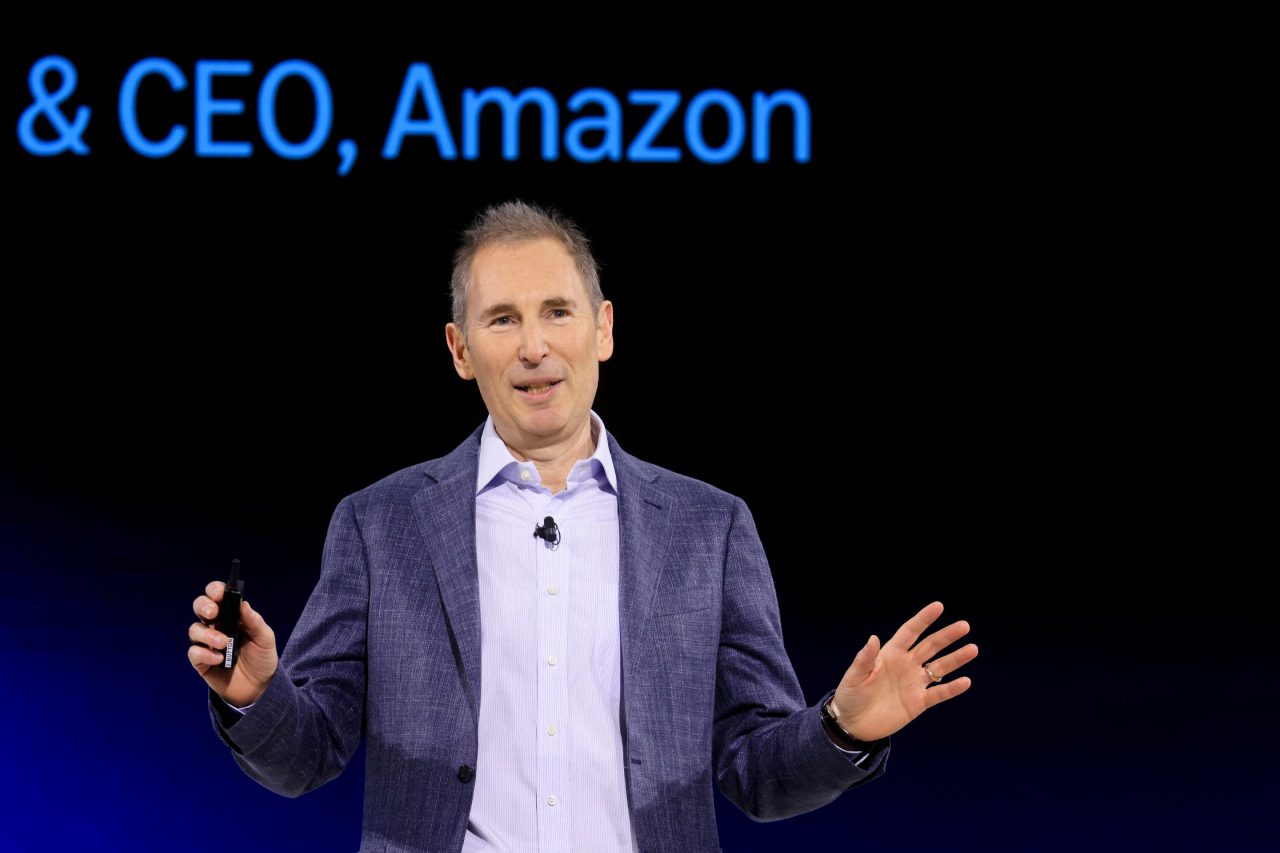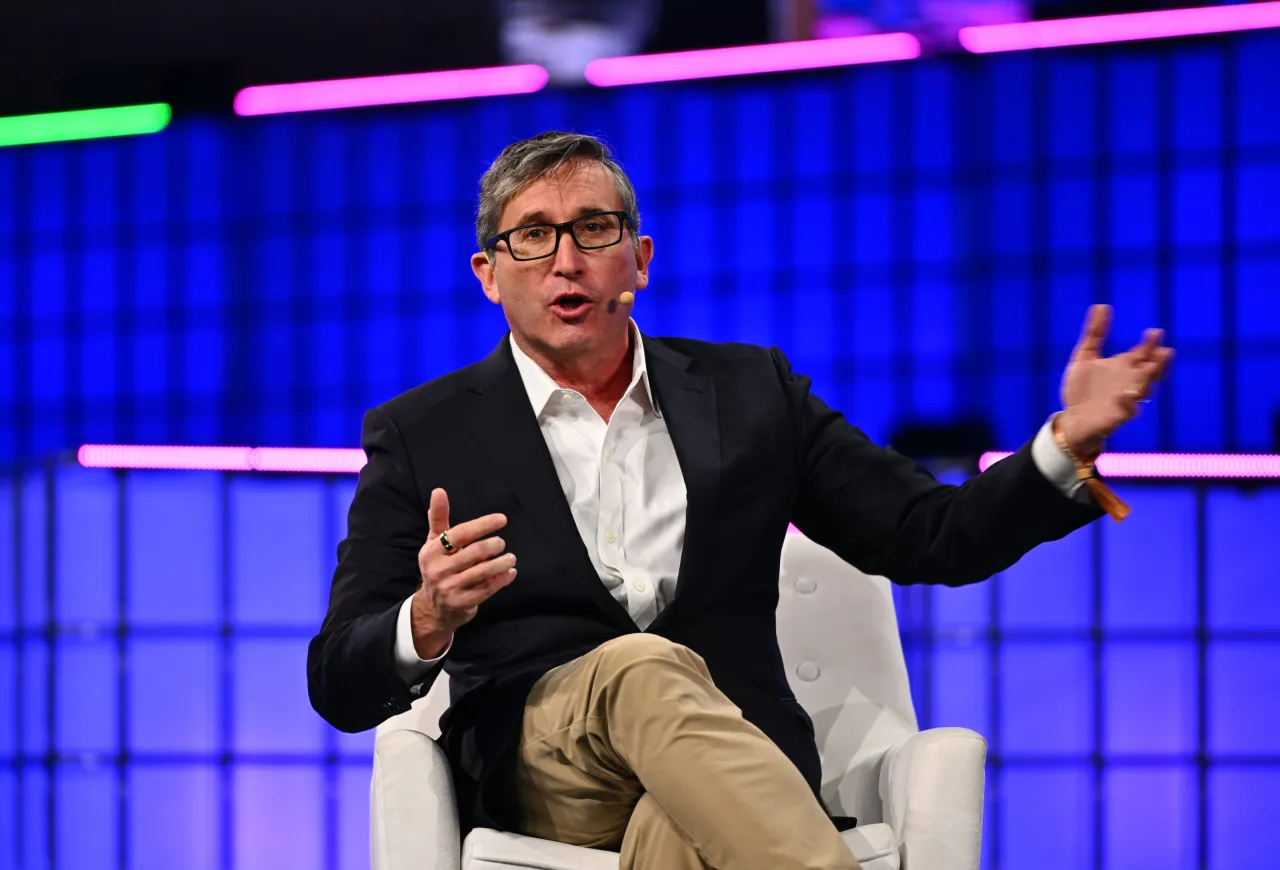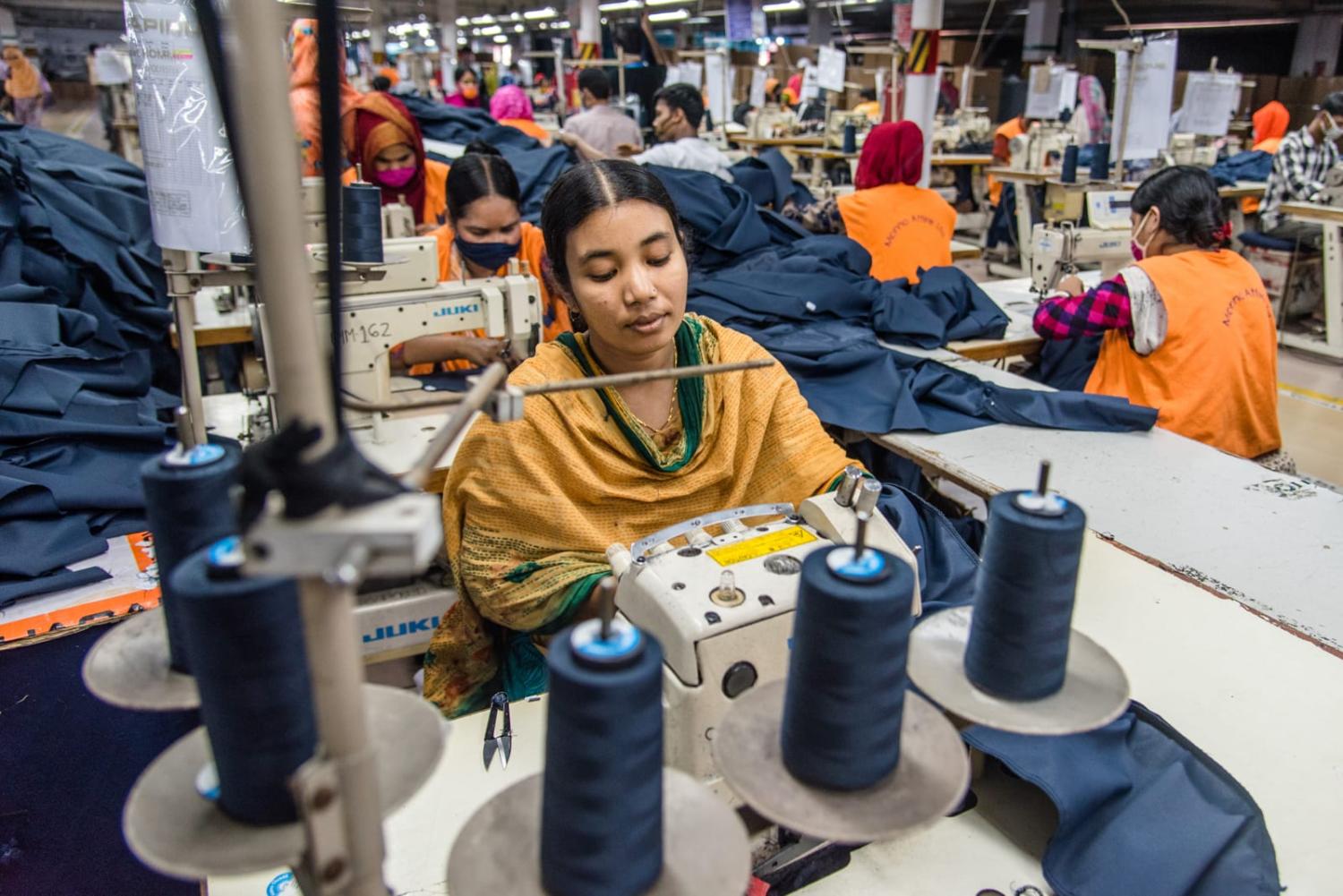Introduction: Amazon’s Price Strategy Under Global Pressure
In a rapidly shifting global economy, inflation, supply chain disruptions, and rising import tariffs are putting pressure on businesses and consumers alike. Yet despite these hurdles, Amazon—the world’s second-largest retailer valued at over $2 trillion—remains unwavering in its commitment to affordability. According to Amazon CEO Andy Jassy, the company is “pretty maniacally focused” on keeping prices low for customers, even as global trade tensions rise.
This declaration comes amid increasing concerns about the effects of new tariffs, especially those involving China and the U.S., which could impact a wide range of consumer goods from electronics to household items.
The Amazon Philosophy: Customer Obsession Meets Cost Efficiency
Andy Jassy reaffirmed Amazon’s long-standing principle of customer obsession, stating that delivering value through low prices is central to the company’s mission. This isn’t just a temporary focus—it’s a deeply embedded corporate philosophy.
“We’re maniacally focused on price, convenience, and selection,” Jassy said during a recent interview. “That won’t change, regardless of macroeconomic conditions.”
Tariff Tensions: Why They Matter to Amazon
New and proposed tariffs on Chinese goods have sparked worry among global retailers. The Biden administration is considering revising trade tariffs on products ranging from tech components to textiles—many of which are part of Amazon’s vast inventory. These tariffs could lead to higher import costs, which typically translate into higher consumer prices.
But Amazon is taking a different approach.
Key Points on Tariff Impact:
- Tariffs could increase Amazon’s costs on millions of SKUs (Stock Keeping Units).
- Many sellers on Amazon’s platform import goods directly from China.
- Cost increases affect not only Amazon but also its third-party sellers, who make up over 60% of total sales.
How Amazon Is Offsetting Tariff and Inflationary Pressures
Despite mounting challenges, Amazon is deploying a variety of strategies to protect both its margins and its customers:
1. Global Sourcing Diversification
Amazon is expanding its supply chain beyond China, sourcing more goods from Vietnam, India, and Mexico. By diversifying its supplier base, Amazon reduces dependence on any one country and mitigates tariff risks.
2. Operational Efficiency Through AI and Robotics
Amazon continues to invest in warehouse automation and artificial intelligence to streamline operations and cut overhead costs. This allows the company to absorb some of the price increases rather than passing them on to consumers.
3. Logistics and Fulfillment Expansion
With more fulfillment centers and delivery hubs than any other retailer, Amazon is achieving economies of scale. The more efficiently it can deliver, the lower the cost-per-package—and that efficiency gets passed on to the customer.
4. Third-Party Seller Support
Amazon offers tools and subsidies to help sellers maintain competitive pricing, including FBA (Fulfillment by Amazon) fee reductions and bulk shipping options.
Amazon’s Price Leadership in the E-commerce Market
Amazon’s position as a price leader is not accidental. Through smart inventory management, private-label products, and aggressive competition strategies, Amazon consistently outpaces rivals like Walmart, Target, and eBay when it comes to offering lower prices across product categories.
A recent price comparison study showed:
- Amazon’s electronics were, on average, 12% cheaper than competitors.
- Household goods and personal care items were 8–10% lower in price.
- Fast-moving consumer goods (FMCGs) saw the least price variance but remained competitive.
Customer Trust and Brand Loyalty Depend on Price
In the ultra-competitive e-commerce space, price is a key driver of customer loyalty. According to a 2025 consumer behavior survey:
- 72% of Amazon customers cited “low prices” as the top reason they shop on the platform.
- 68% said they would reconsider their loyalty if prices rose significantly.
- 81% trust Amazon to deliver the best deal in most product categories.
That’s why Jassy’s commitment to keeping prices low is more than just a PR move—it’s vital to the company’s survival and growth.
The Bigger Picture: Amazon’s Strategy in a Post-Tariff Economy
While many retailers are bracing for increased costs due to tariffs, Amazon is playing offense. The company is:
- Advocating for fair trade policies through government lobbying.
- Increasing investment in domestic manufacturing partnerships.
- Launching pricing experiments and bundled services like Prime deals to maintain value.
Jassy’s leadership reflects a shift toward proactive adaptation rather than reactive cost-passing.
Conclusion: Amazon’s Price Pledge Is Its Competitive Edge
As inflation and tariffs threaten to upend global retail, Amazon’s relentless focus on keeping prices low stands as a beacon of stability for millions of customers. Andy Jassy’s bold assertion that Amazon remains “maniacally focused” on affordability reinforces the company’s mission and differentiates it in a crowded digital marketplace.
Whether it’s through innovation, global logistics, or sheer scale, Amazon’s pricing strategy is not just about staying competitive—it’s about staying essential.




